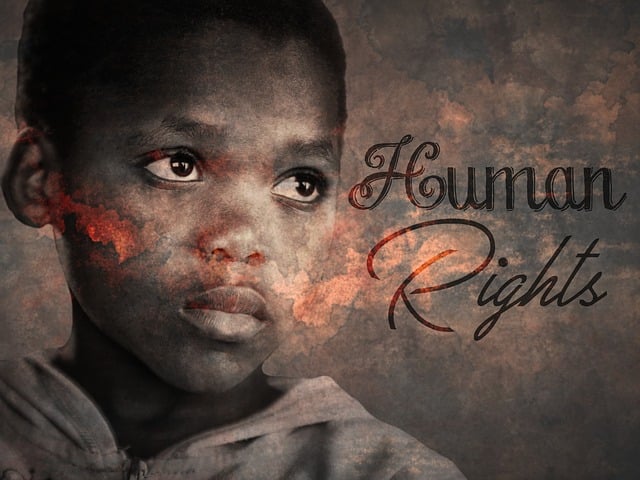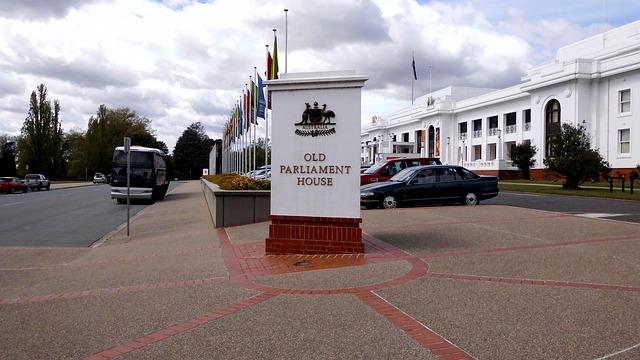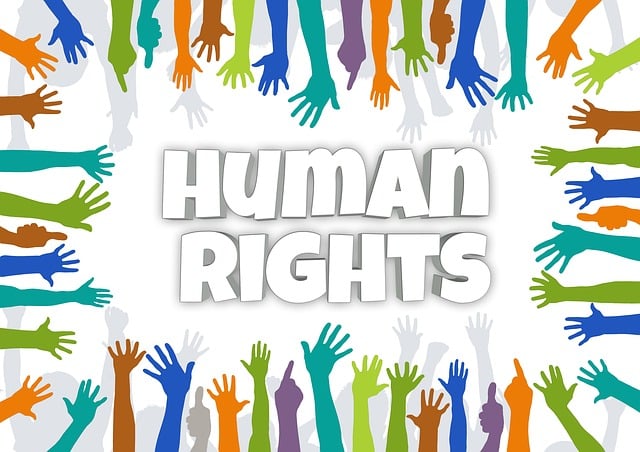Oregon's comprehensive child welfare system is governed by detailed laws and policies within the Department of Human Services (DHS), ensuring the safety and well-being of vulnerable youth. These laws outline the rights and responsibilities of both parents and DHS, with a focus on meeting children's physical, emotional, and developmental needs. The process begins with reporting suspected abuse or neglect, followed by investigations and potential voluntary services or removal based on risk assessment. Post-case management emphasizes reunification, offering resources and support to help parents regain custody while maintaining specific legal rights for all involved parties. Navigating these laws and policies is crucial for both families and DHS to uphold rights and serve Oregon's children effectively.
“Unraveling Oregon’s Child Welfare Laws: A Comprehensive Guide for Parents and Caregivers. Oregon’s robust child welfare system is governed by a series of laws and policies designed to protect and nurture vulnerable children. This guide aims to demystify these regulations, offering insights into the legal rights and responsibilities of both parents and children. From understanding the role of the Oregon Department of Human Services (DHS) and its statutes, to navigating involvement and removal processes, this article equips readers with knowledge crucial for effective participation in Oregon’s child welfare policies.”
- Understanding Oregon Child Welfare Laws: An Overview
- Legal Rights and Protections for Children in Oregon
- Navigating the Oregon Department of Human Services (DHS) and Its Role
- Parenting Responsibilities and Obligations Under Oregon Law
- The Process of Involvement and Removal of a Child from the Home
- Post-Case Management and Reunification: Ensuring Stability for Families
Understanding Oregon Child Welfare Laws: An Overview

Understanding Oregon Child Welfare Laws: An Overview
Oregon’s child welfare system is guided by a set of comprehensive laws and policies designed to ensure the safety, well-being, and stability of children. The state, through its Department of Human Services (DHS), is obligated to protect and support vulnerable youth, including those in foster care or at risk of removal from their homes. These legal frameworks establish the rights and responsibilities of both parents and child welfare agencies, aiming to promote a nurturing environment for all involved.
Navigating Oregon’s child welfare laws requires understanding key aspects such as the procedures for reporting suspected child abuse or neglect, the criteria for removing children from their homes, and the various levels of foster care placement. Parents have legal rights, including the right to be informed and involved in decisions affecting their children, while DHS statutes mandate timely investigations, appropriate interventions, and periodic reviews to ensure compliance with state standards. This intricate web of regulations is constantly evolving, making it crucial for those within the child welfare system—from social workers to parents and guardians—to stay informed about their rights and obligations.
Legal Rights and Protections for Children in Oregon

In Oregon, children have specific legal rights and protections under the state’s child welfare laws, designed to ensure their safety, well-being, and stable future. These rights are enshrined in various statutes, such as those found in the Oregon Revised Statutes (ORS) and administered by the Department of Human Services (DHS). Parents or guardians have a legal obligation to provide for their children’s physical, emotional, and developmental needs. This includes ensuring a secure living environment, access to healthcare, education, and protection from abuse or neglect.
Navigating Oregon child welfare laws can be complex, but understanding these rights and obligations is crucial for both parents and those involved in the child welfare system. The DHS provides resources and guidelines to help families understand their legal protections. If a child is involved with child welfare services due to concerns about abuse or neglect, they have the right to remain safe, receive medical care, and maintain ongoing contact with family members unless it’s deemed unsafe. These policies aim to foster a supportive environment while ensuring every child in Oregon has access to the resources necessary for healthy development.
Navigating the Oregon Department of Human Services (DHS) and Its Role

Navigating the Oregon Department of Human Services (DHS) is a crucial step in understanding and asserting your rights within the state’s child welfare system. As the primary agency responsible for enforcing Oregon child welfare laws, DHS plays a pivotal role in protecting vulnerable children and families. Its statutes and policies outline the legal obligations and rights of all parties involved, from parents and caregivers to social workers and courts.
The department’s comprehensive approach to child welfare includes not just removal and placement services but also prevention, support, and intervention programs aimed at keeping families together whenever possible. Understanding Oregon DHS statutes is essential for anyone navigating child welfare laws, as it ensures that rights are upheld, obligations met, and the best interests of children served in accordance with state guidelines.
Parenting Responsibilities and Obligations Under Oregon Law

In Oregon, parents have a fundamental responsibility to ensure the well-being and safety of their children. The state’s child welfare laws outline specific obligations that parents must fulfill to maintain a stable and nurturing environment for their kids. According to Oregon DHS statutes, parents are expected to provide physical, emotional, and educational support while promoting healthy development and meeting their children’s basic needs. This includes ensuring regular medical care, adequate nutrition, and a safe living environment free from abuse or neglect.
Navigating child welfare policies in Oregon involves understanding legal rights and responsibilities. Parents must be actively engaged in their children’s lives, attend school events, and maintain open communication with teachers and healthcare providers. Additionally, they have the right to advocate for their children, participate in decision-making processes, and be informed about any potential involvement from Child Welfare Services (DHS). By adhering to these legal obligations, parents can actively contribute to Oregon’s child welfare system while safeguarding their family’s interests.
The Process of Involvement and Removal of a Child from the Home

When it comes to the involvement and removal of a child from their home under Oregon child welfare laws, understanding the process is crucial for all parents and guardians. The initial step is typically initiated by a report of suspected child abuse or neglect made to the Oregon Department of Human Services (DHS). This can come from various sources, including concerned individuals, healthcare professionals, or law enforcement. Upon receiving a report, DHS will conduct an investigation to verify the allegations and assess the safety and well-being of the child. If the claims are substantiated, the agency may take several actions, including offering voluntary services to support the family or, in cases where the child’s safety is at immediate risk, removing them from their home.
During this process, parents have legal rights and obligations as outlined in Oregon DHS statutes. They are entitled to be informed of the allegations, given an opportunity to respond, and provided with a copy of any case documents. Parents can also request a hearing to challenge the removal or any other decisions made by DHS. The agency is required to follow specific procedures and timelines, ensuring that the rights of both the child and family are respected while navigating these challenging situations.
Post-Case Management and Reunification: Ensuring Stability for Families

After a case of child welfare involvement, effective post-case management and reunification strategies are essential to ensuring stability and well-being for families. Oregon child welfare laws emphasize the importance of supporting families in their transition back into stable living environments. Child welfare policies in Oregon aim to help parents regain custody by providing resources, education, and continuous support. This process involves regular check-ins with caseworkers, parent education classes, and access to counseling services to address any underlying issues that may have contributed to the initial involvement.
Navigating Oregon DHS statutes, families have specific legal rights during this period. Understanding their entitlements is crucial for parents to actively participate in decision-making. By adhering to these legal obligations, child welfare agencies can foster a supportive environment, enabling successful reunification and long-term stability for children within their biological families. This approach aligns with the broader goals of Oregon’s child welfare system to protect and nurture vulnerable children while also strengthening family bonds.






